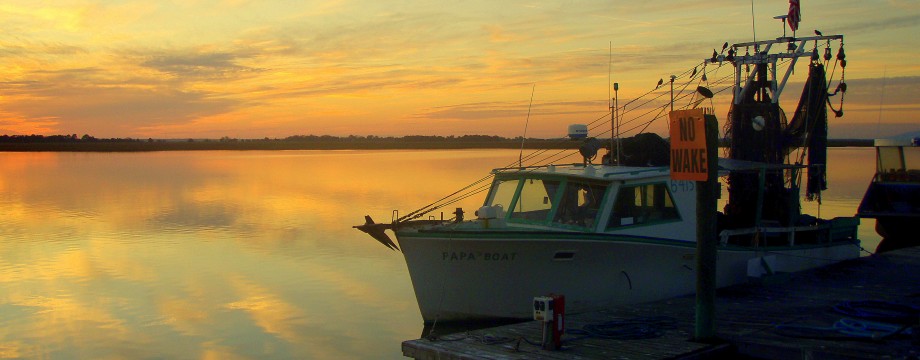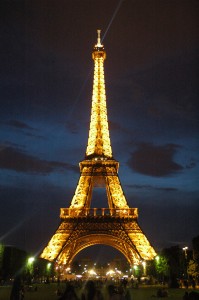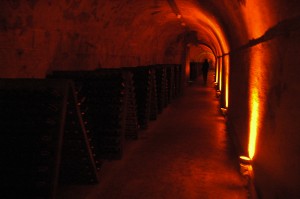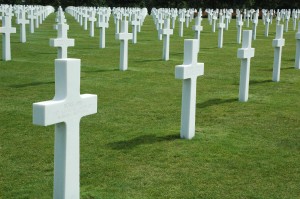With only a week to see an entire country, start by finding what interests you and your travel companions to design a trip tailored to suit individual needs and desires.
For us, France was the goal, a tall order for only seven days. From the Mediteranean Riviera in the South to the Atlantic coast in the West and mountains in the East, there’s more than enough to fill itineraries of any length.
There was but one place for us to begin, the City of Lights, Paris. Brimming with culture, art and cuisine, the capital city could keep visitors busy for weeks simply touring museums and art galleries. Must see sites including the Eiffel Tower, Arc de Triumph, Cathedral of Notre Dame of Paris and the Louvre are always packed through June and July.
Worthy of the wait, however, is a trip to the top of the Eiffel Tower as the sun sets, arriving at the pinnacle far a dazzling light show of a twinkling cityscape. If the opportunity presents itself don’t forget that all state run museums, including the Louvre, are free to the public on the first Sunday of every month; but get in line early to avoid spending all day in queue.
A sprawling city, Paris boasts an effective and easy to use public transportation system dominated by an extensive subway system aided by a suburban rail network reaching outlying neighborhoods. Several international rail stations lie on each side of the city dispatching trains in every direction. In less than an hour, train travelers can arrive in Reims, capital of the famed Champagne region.
Surrounded by vineyards in villages throughout the region, the city of Reims is home to several Champagne houses and cellars, many within walking distance of city center and others just a short drive by private car. Large and small producers can be found including headquarters of the world renowned G.H. Mumm.
Known locally as Champagne ‘caves,’ chalk lined wine cellars rest in the cool darkness of tunnels more than 40 feet below ground. The largest of Reims’ producers, Mumm houses 25 million bottles of champagne dating back to the 1860s in an astonishing 16 miles of subterranean cellars. Each tour ends with a tasting of the local product.
Between tours and tasting, be sure to stop by the hidden treasure of General Dwight Eisenhower’s ‘war room’ and home to the German capitulation signing. Tucked away in a side street with little signage and even less commercial marketing, this museum tells how Eisenhower’s headquarters came to be the site of Germany’s unconditional surrender. Outer rooms have been transformed into exhibits displaying war relics and showing Reims’ role in the war while the war room remains untouched from the day it came into fame. Maps wallpaper the room marking troop advancements throughout Europe while smaller charts kept the war cabinet up to date on movement in the Pacific theater.
Trains from Reims traveling west will almost always pass through Paris but be prepared for a complicated connection. With several stations surrounding the city, to go from east to west through Paris, travelers must walk to the subway and grab a ride toward another train station before finding their connection.
Once on the right track, a few hours westward brings us closer to the Atlantic into the region of Normandy. A beautiful land flourishing in agriculture, Normandy offers a respite from busy cities; but for American citizens and others from Allied nations, Normandy serves as a somber pilgrimage to honor the sacrifices of an entire generation.
June 6, 1944 came to be known as D-Day, a gloomy morning coming on the heels of a raging storm saw nearly 1,000 warships descend upon a 30-mile stretch of beach for a foothold in Hitler’s Atlantic Wall. A museum in Caen offers a historical look at war torn Europe along with a special exhibit dedicated to the largest invasion force in history.
Public transportation to the landing beaches is nearly non-existent with buses reaching only one beachhead. A guided tour, easily arranged by the local tourist information office, provides guests with a detailed account of the historic battle against a tyrannical empire. The heroic acts of Allied invasion forces resulted in the successful capture of German occupied territory at the cost of nearly 10,000 Allied casualties.
A journey to the American Cemetery at Normandy is a poignant reminder of freedom’s staggering price tag. On 172 acres, the graves of 9,387 American soldiers lie atop a bluff in sight of the beaches they once fought for. Soldiers lost in combat throughout the European campaign rest on this site, most of who were involved in the landing operation. Among the slain are three recipients of the Congressional Medal of Honor, four women and 307 unknowns.
Interred in the peace and serenity of this site are residents of all 50 states and the District of Columbia. Side-by-side can be found one father and son and 33 pairs of brothers. To experience the magnitude of this memorial, wandering the grounds and overlooking the white headstones, is a moving testament inspiring gratitude for sacrifices made by others.







